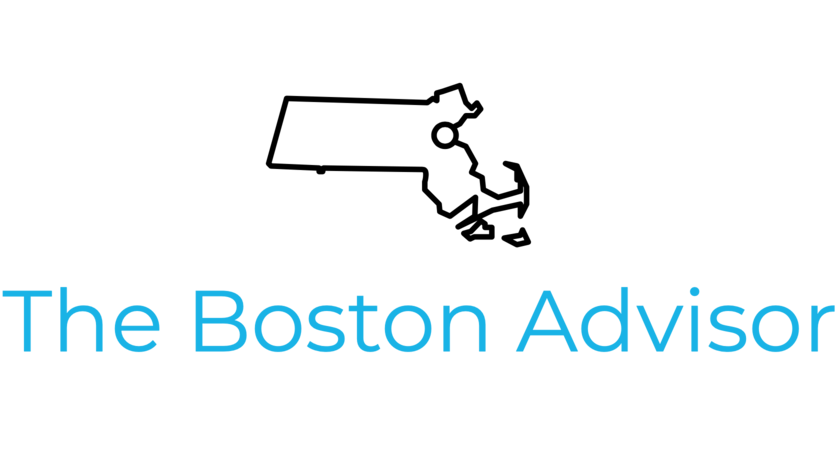My (Fingers Crossed) Final Covid Post
Over the past fifteen months I have shared my thoughts on the coronavirus that became COVID-19.
I started with Coronavirus on February 4, 2020 in which I admittedly underreacted to the virus by discussing it in the context of normal market corrections and decent performance during prior epidemics.
Next came 3 Things Investors Should Know Now on March 30, 2020. The main points:
- Markets tend to recover before economies do, so don’t wait for a signal that it’s all clear to buy stocks
- An investment plan is important because it’ll keep you from market timing
- It was time to rebalance into equities after the big drop
My Uneven COVID-19 Response on May 22, 2020 graded the pandemic thoughts shared with readers. “Professionally the right long-term advice in the midst of a hefty underreaction.” That led to reflecting on how I personally underreacted to the pandemic as well and whether I (and others) were now overreacting.
Then, finally in Before and After COVID-19 on December 28, 2020 I shared what I couldn’t wait to do again after the pandemic and some aspects of life I wanted to retain (both professionally and personally).
With COVID-19 cases dropping and restrictions easing, things are changing and I’m hopeful we’re entering this pandemic’s final phase. The two biggest pandemic topics I hear about now are vaccines and returning to the office.
The Vaccine
First, I decided to get vaccinated. Two doses of Moderna. So far, a sore shoulder and a feverish day are the only side-effects. We’ll see.
I did this for four reasons:
- I don’t want to get COVID-19. If I got it, it could be a mild case. It could be a serious one. I don’t want to risk it, and I don’t know the long-term implications.
- I’m comfortable with the vaccine. True, I don’t know its long-term side-effects, but I’d rather chance those instead of the virus’s long-term impact. And the new technology doesn’t bother me. Medicine used to be bleeding, leeches, and enemas.
- I don’t want someone else to get it from me.
- It gets me closer to being able to do the things I’ve been looking forward to doing post-pandemic.
Returning to the Office
Dry cleaners are about to start making money again.
We’re going hybrid.
Employees and employers learned that remote work can be successful during this pandemic. Many employees want to keep their work flexibility, and many employers are fine with this. Our team is no different. Most everyone has worked remotely since March 13th. It’s been successful. The team did a great job maintaining productivity (and likely exceeding it), our technology held up, and clients continued to receive the same level of service and advice they’ve been accustomed to.
But we are a service business and want to see our clients, we have a team-based approach to work, and a strong culture that includes an emphasis on internal talent development and interaction.
So, we recently rolled out a hybrid return to work policy and are ramping up for in-person meetings later this summer. Our hope is that we can retain the best of both worlds: the flexibility and productivity that many employees enjoyed and the traditional benefits of collaboration and in-person conversations that office work provides. Some employees will be in the office full-time based on their job requirements (or preferences). Some will be remote full-time, except for firm and team meetings. The rest will be hybrid, either working from home on specific days, or based around their in-office meeting schedule.
We’ll review the process and adapt it as time goes on to make sure that our primary mission of serving our clients well is being achieved and that our culture and employee engagement remains strong.
Final Workplace Thoughts
I think hybrid work is here to stay. Not necessarily for everyone, or every industry. And maybe not necessarily right away. I know a few companies who are talking a big game of having everyone come back in like it’s February, 2020. But if employees continue to desire it, and it’s working well, those companies may have to revisit that stance or struggle to attract and retain talent.
But I digress.
For now, we’re trying to sketch out a way to get back together more often, see our clients, and give people some deserved flexibility after a tough fifteen months.
